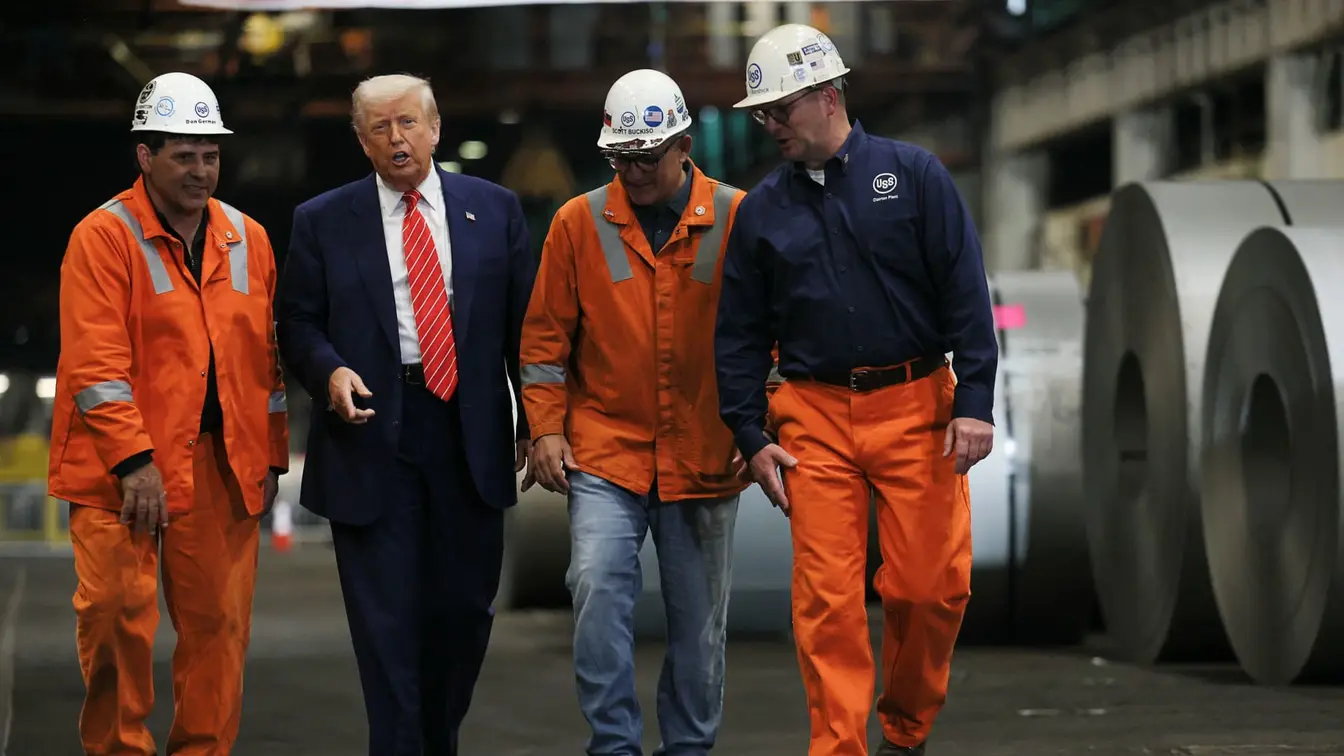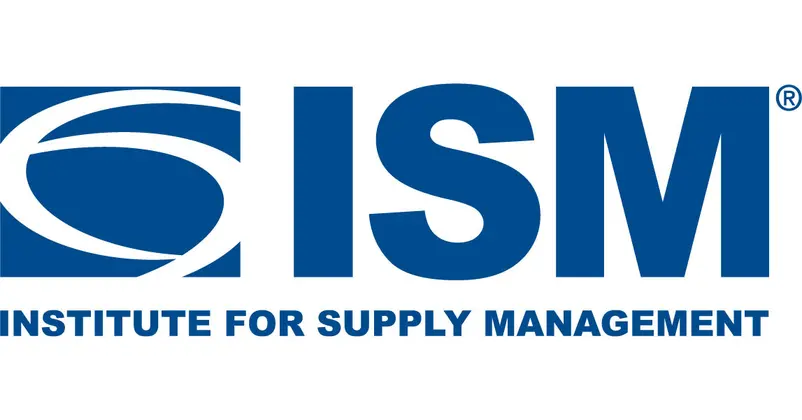T4K3.news
Tariffs expand to 400 categories
A 50% aluminum tariff now covers 400 more products, likely lifting prices for consumers and affecting many industries.

The administration expands the aluminum tariff to hundreds more products, signaling higher costs for households and shifts in supply chains.
Tariffs Expand to 400 Categories Hit Consumers Hard
The Trump administration on Tuesday expanded the 50 percent aluminum tariff to include 400 more product categories. The move widens the scope of duties intended to bolster domestic metal production, the Commerce Department said in a news release. The expanded list includes items from deodorant and strollers to farm equipment and auto parts, according to CNN reports. Businesses say the extension will raise costs for consumers at a time when household budgets are already stretched.
Economists warn that costs will ripple through the economy as trucks, tractors, and other equipment face higher import prices. The Producer Price Index has shown wholesale prices rising, and analysts say margins may not hold if tariffs stay in place. Some large retailers have signaled price adjustments as supply chains adapt, while farmers and logistics firms anticipate higher operating costs. The holiday shopping season could see higher prices and less relief for shoppers.
Key Takeaways
"This is the latest in a series of historic steps by the Trump Administration to strengthen America’s steel and aluminum industry."
Kessler on the policy aim
"That 50% duty is going to hit hard—budget forecasts, brace yourselves."
Brian Baldwin on the impact
"By my count, the steel and aluminum tariffs now affect at least $320 billion of imports."
Jason Miller on scope
"Firms can smooth rising costs by trimming margins, but not for long—especially with tariffs about to lift costs again."
Justin Wolfers on the economics
Politically, the move frames a battle between protecting domestic industry and easing the burden on consumers. It could shore up support among steel and metal workers while fueling criticism from those who see tariffs as a tax on everyday purchases. The policy risks becoming a litmus test for how far elected leaders will go to pursue industrial goals.
Looking ahead, the economy may adjust as firms pass along higher costs or seek new suppliers. The path from policy to prices is not direct, and the impact will depend on how quickly supply chains adapt and how much households are willing to pay. If costs stay elevated, the tariff action could reshape spending patterns and policy debates for months to come.
Highlights
- Tariffs spread costs across shelves and budgets.
- Protect one industry and households pay the bill.
- Supply chains bend but budgets bear the cost.
- Holiday shoppers could feel the sting this year.
Political and consumer risk from expanded tariffs
Expanding tariff coverage broadens the impact beyond factories to households and farmers, inviting public reaction and potential political backlash.
Policy choices of this scale will echo in family budgets for months.
Enjoyed this? Let your friends know!
Related News

Tariffs expanded to 407 more products

Tariffs Expand to 407 Goods

Samsung gains US market share as foldables gain momentum

MP Materials signs $500 million deal with Apple

E.l.f. Beauty reports Q1 earnings decline

Tariffs could push up shopper prices

July 2025 Services PMI indicates slow growth

Tech stocks retreat as markets pause after record highs
